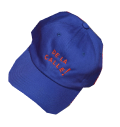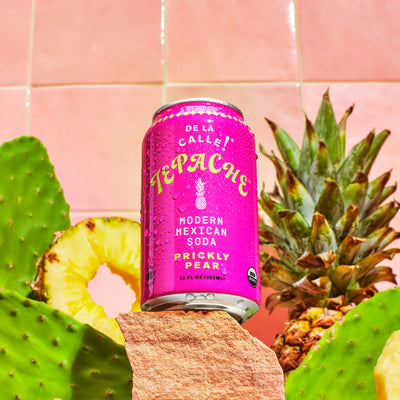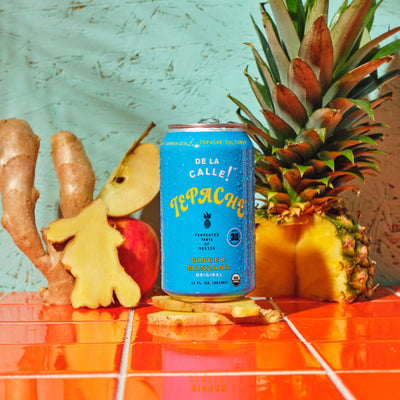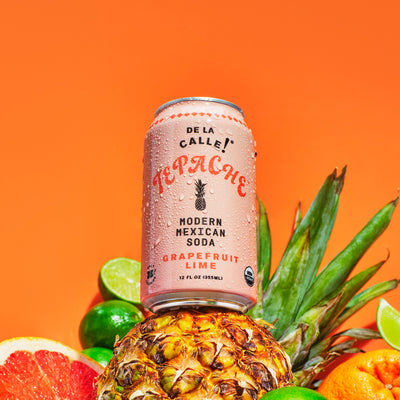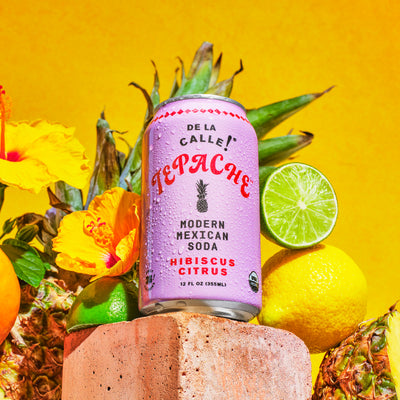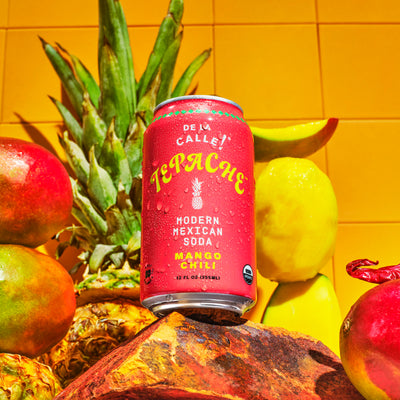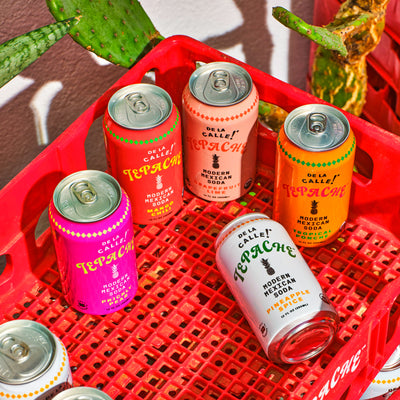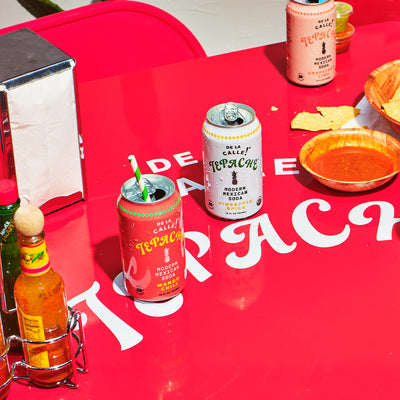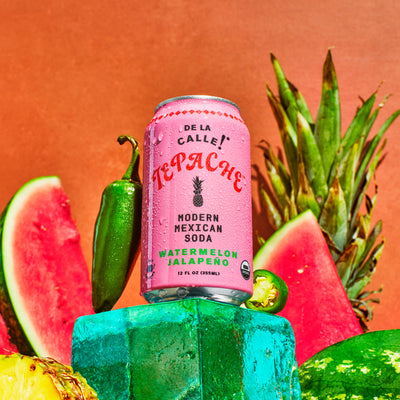Types of Drinking Glasses and the Drinks That Go With Them

The art of bartending is more than simply pouring a drink without spilling it. The history and rituals of drinking, from tequila to tepache, offer us the optimal ways to consume our drinks.
Part of the fun of putting together a special cocktail is in its presentation. It makes the happy hour that much more special when you sip a Margarita from its proper glass.
Some spirits are best served on hot summer days, others better for cozying up by the fire on a cold winter evening. There is an occasion for every cocktail. Similarly, each drink comes with a preferred vessel for consumption.
Admit it; hot cocoa would feel just plain wrong in a glass meant for a beer, and a Martini tastes best in the proper glass.
It is a very human fixation to work to curate the best possible experiences for eating and drinking. Now that we’ve evolved out of our survival modes, we can circle up around a warmly set dinner table rather than a crackling fire.
With the opportunity to elevate our food and drink experience beyond the basic, the opportunities to explore the proper glasses multiply. Certain drinks call for certain drinking glasses.
Many glasses are selected for certain drinks as they allow for the aromas and flavors of the drink to breathe properly.
The glasses that drinks are served in can even influence behaviors around drinking. There is power in the pour!
We’re here to cover the basics of drinkware. No more choking your red wine or unjustly offering up a hot toddy.
Hopefully, this guide will offer you some insight into how to put together your next happy hour or inspire a revamp of your glassware!
Wine Glasses
When it comes to wine glasses, there are two major distinctions: red and white wine glasses.
If you can keep these two straight, you’re all set in the world of wine.
Red Wine
Red wine glasses should have large, round bowls. This makes it easy to swirl the liquid around the glass to aerate it.
In addition, red wine glasses should have long stems. This keeps the drinker’s hand away from the liquid to not warm it up too much from body heat.
White Wine
White wine glasses differ slightly. White wine glasses have smaller mouths and tend to be more slender than their companion red wine glasses.
The smaller mouth keeps the white wine from oxidizing too fast. White wine is best enjoyed at a slower rate of aeration than red wine.
It tends to have more delicate flavors and gentler notes. This smaller mouth aids in allowing them to break through.
Sparkling Wines
On the furthest end of the wine glass spectrum, flute glasses go with sparkling wines.
Often called champagne flutes, these glasses are long and slender, with small mouths and bowls.
These glasses are meant to prolong the life of a pour. The smaller mouth and bowl keep the carbonation in wine from going flat too quickly.
If you can keep this in mind, your wine will thank you… metaphorically, of course. Otherwise, you may want to reach for a glass of water instead of wine!
Cocktail Glasses
Cocktail glasses come in a plethora of shapes and sizes. Their glasses are as unique as the flavors that fill them.
Like wine, cocktails require different glasses to enhance the experience while drinking them. Be it temperature motivated or to help with ease of grasp, there is a rhyme and reason to each kind of glassware.
The Martini Glass
This traditional cocktail glass is used for any drink served without ice. It is most commonly associated with a Martini but holds many other drinks as well.
The Martini glass is an inverted triangle. It utilizes this shape to allow the aromas to spread.
The drinker can hoist the large mouth up to their nose and explore the different essences of their drink.
Drinks commonly served in these drinks include Cosmopolitans, Brandy Alexanders, Kamikazes, and of course, Martinis.
The Highball Glass
These tall, slender glasses are used to serve cocktails that have large proportions of mixers. The mixer is a non-alcoholic ingredient in the drink.
Highball glasses are used when serving mixer-heavy cocktails poured over ice. They are basically the opposite of lowball glasses.
Drinks served in highball glasses include famed cocktails such as the Dark ‘N’ Stormy, a Bloody Mary, Mojitos, and the ever-loved gin & tonic.
The Lowball Glass
The lowball glasses are short and stout. They usually hold up to eight ounces of liquid.
The lowball glass is likely what you picture someone drinking whisky out of in an old Hollywood movie. These glasses hold cocktails with muddled ingredients.
Lowball glasses can also be used to serve many different kinds of liquor neat. Neat simply means that the alcohol is poured directly into the glass.
Drinks commonly found in a lowball glass are classics like the Old Fashioned, Negroni, and the White Russian. This kind of glass harkens to images of James Bond at a luxury hotel in black-tie attire, but you can enjoy a lowball cocktail anywhere.
Hot Cocktails
Any cocktail served hot requires a special glass. You certainly don’t want to scorch your hand while sipping on your cocktail.
The glass most commonly used for a hot cocktail is an Irish Coffee glass. These are heat-resistant glasses with handles attached.
The handle makes holding the drink more comfortable and lowers the risk of heat on your hands. Overall, the glasses have a round shape, with a round bowl at the bottom.
They tend to curve in a gentle but stout hourglass shape. The drinks usually served in these glasses are Irish Coffees and Hot Toddies.
Your Glasses Are Good To Go!
Though it may seem overwhelming to recognize the proper glass for every cocktail out there, it does not have to be.
Once you realize that these glasses aren’t just for looks, their value becomes clear. The push to practice mixology is heightened with a newfound understanding of just why we fixate so intensely on how we drink our drinks.
From canned drinks to cocktails, humans have a rhyme and reason for almost everything we do.
We are lucky enough to not only have the ingredients to create delicious cocktails but the tools to enjoy them at their optimal level. Grab a glass and get pouring!
Sources:
How different cocktail glasses affect the way you taste| USA TODAY
Eating with our eyes: From visual hunger to digital satiation | ScienceDirect
Glass shape influences drinking behaviours in three laboratory experiments| NCBI
